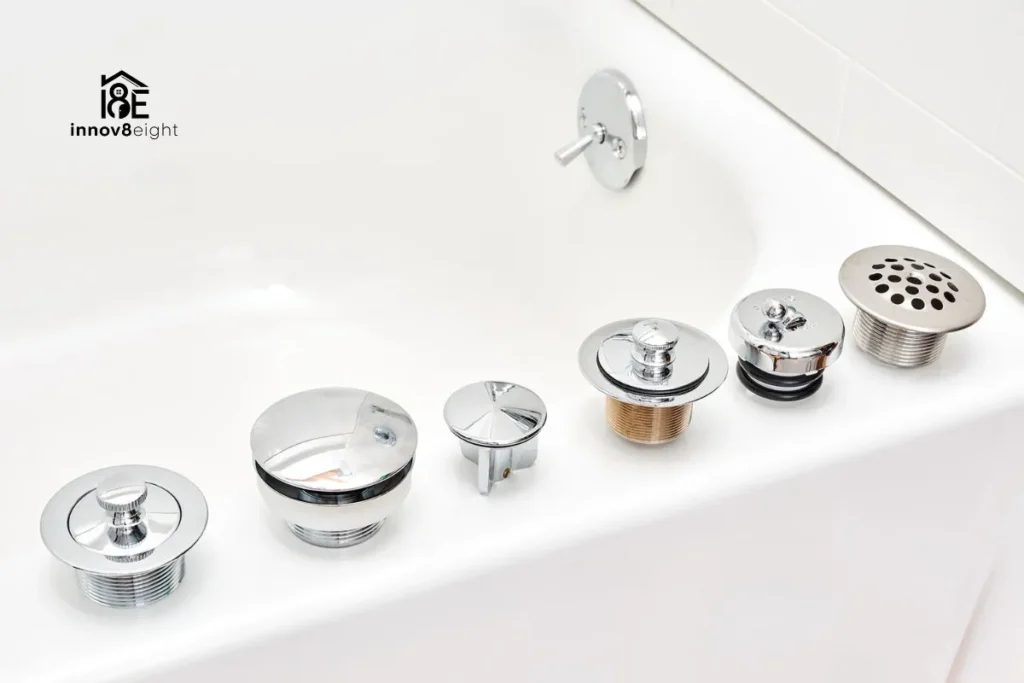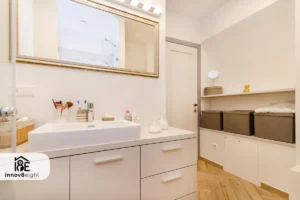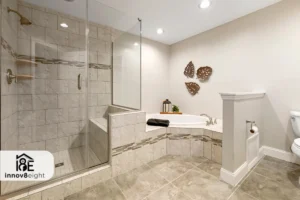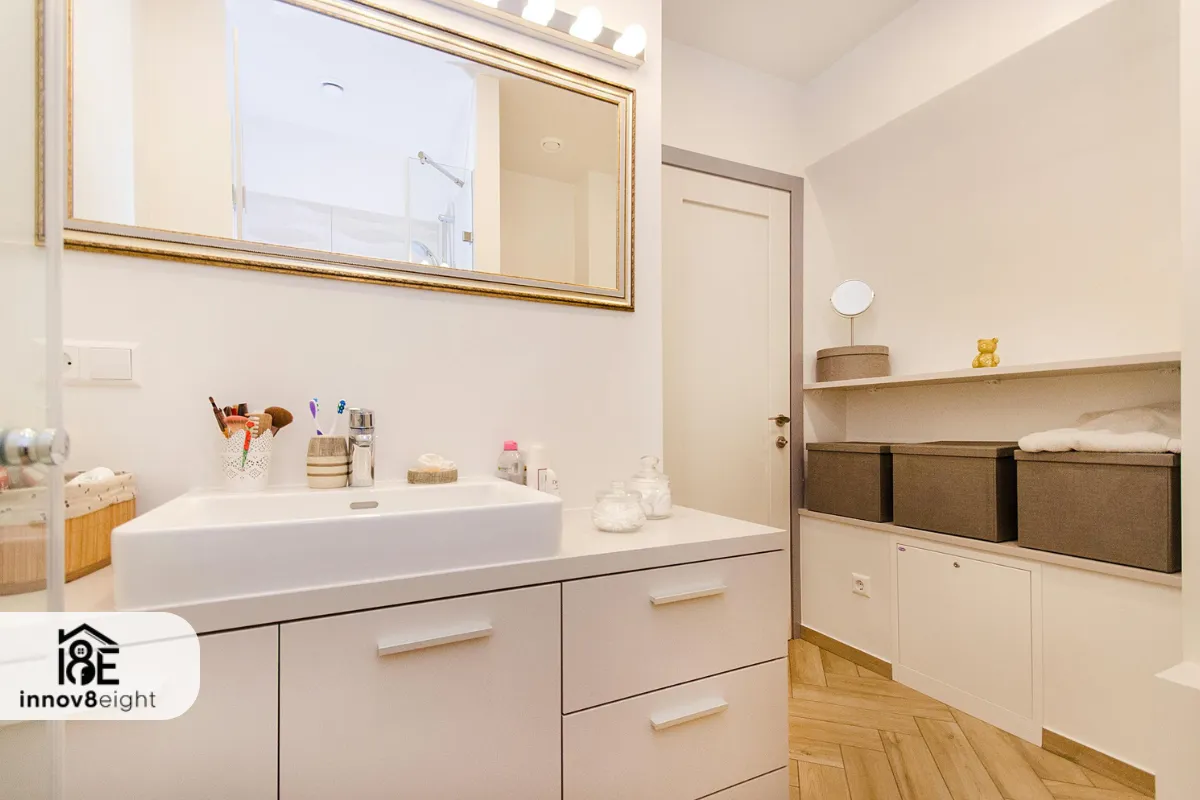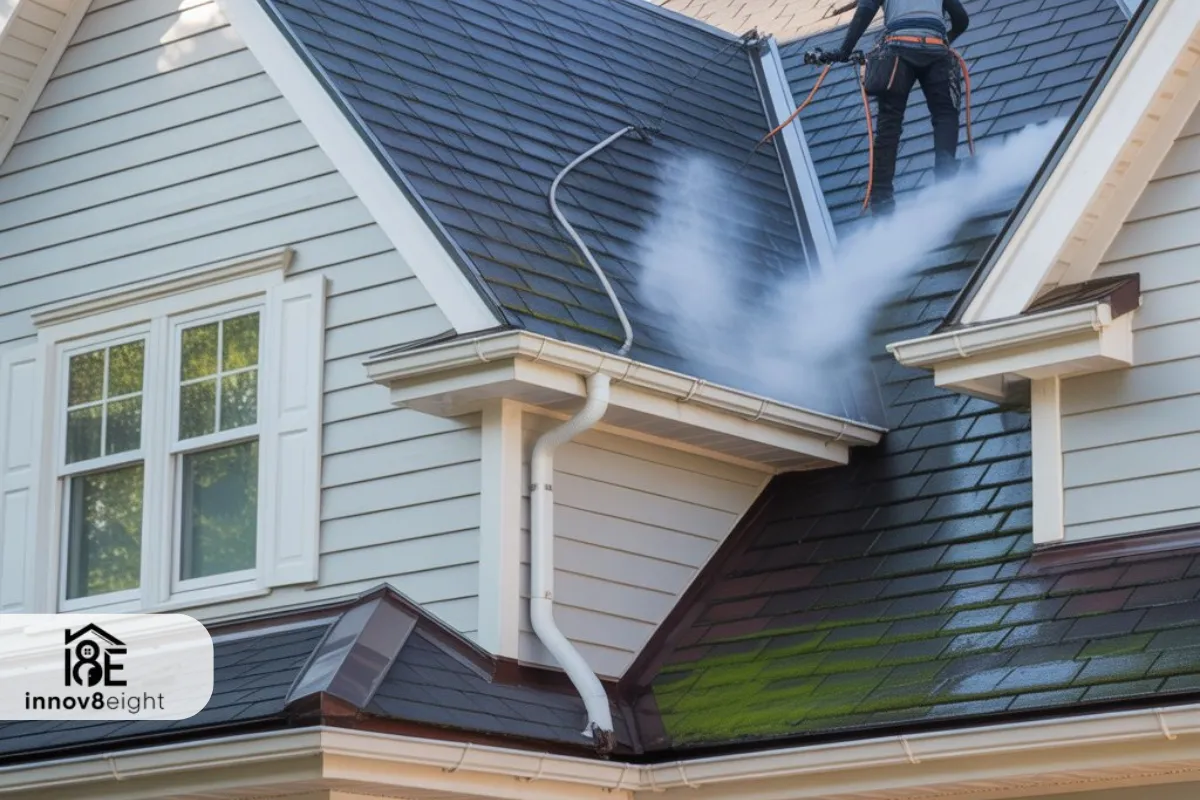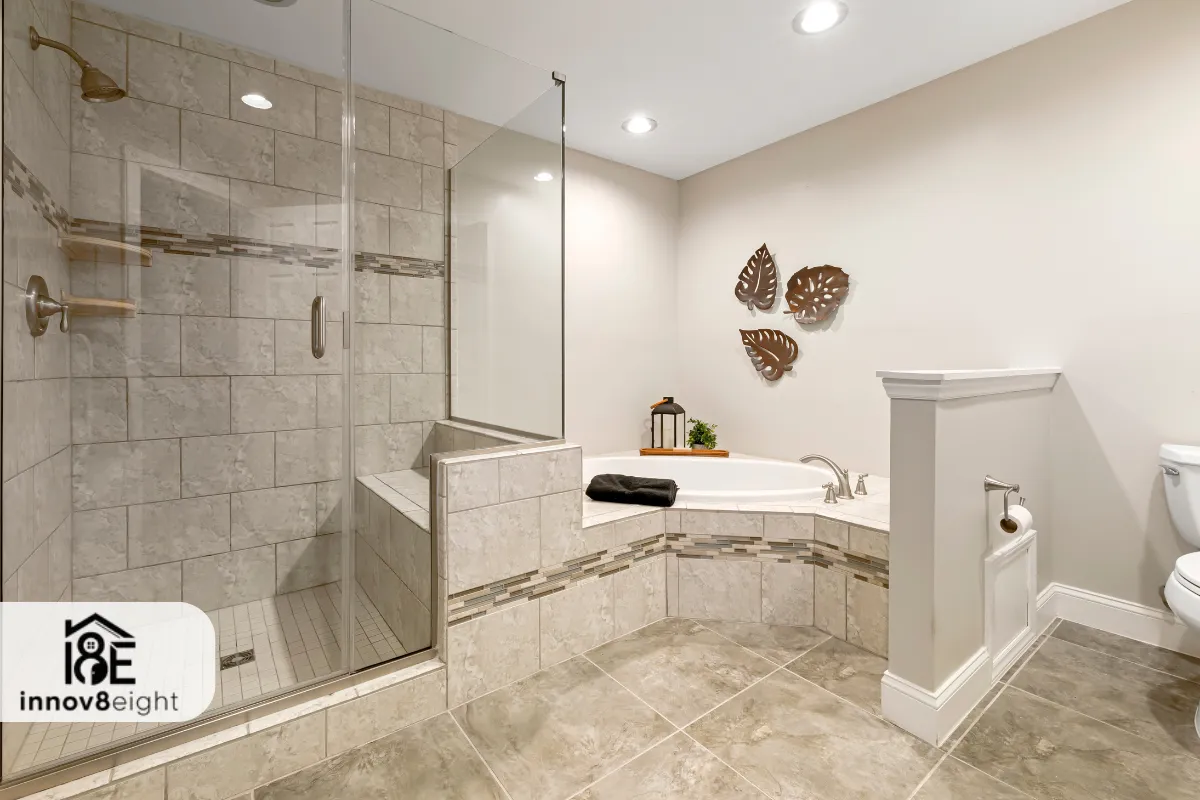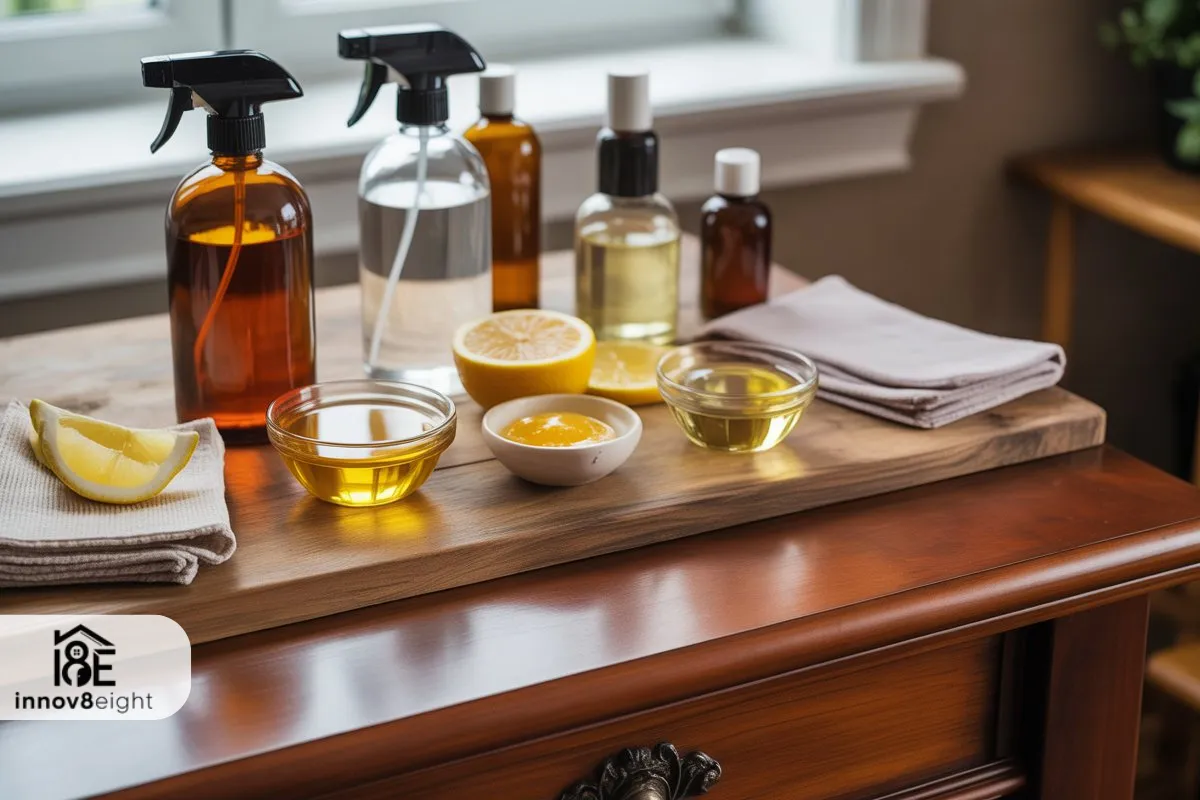Why Choosing the Right Tub Drain Matters
If you’ve ever tried to fill a bathtub only to find water slowly creeping down the drain, you know how frustrating it can be. Believe it or not, the secret to a smooth, hassle-free bath often comes down to one tiny but mighty part: the types of bathroom tub drains. That little drain at the bottom of your tub can make all the difference in your bathing experience.
Common Tub Drain Types & How They Work
Most bathtubs come with standard drain sizes, but the variety of bathtub drain stoppers can be overwhelming. From lift-&-turn to toe-touch, push-&-pull, trip lever, flip-it, & pop-up, each one works a little differently & comes with its own perks. Some are easier to clean, some are more durable, & some simply look sleek & modern.
Why Understanding Tub Drains Matters
Understanding these types of bathroom tub drains isn’t just about convenience—it’s about saving time, avoiding clogs, & even preventing water damage. Imagine trying to enjoy a relaxing soak while water slowly disappears because the wrong stopper is in place. Not fun, right? Knowing which drain suits your tub & lifestyle is key to a stress-free bathroom.
Materials & Finishes for Your Bathroom
These drains are made from different materials. Chrome, brushed nickel, & oil-rubbed bronze are common, & picking the right finish can not only improve the look of your bathroom but also make bathtub drain maintenance much easier. Some finishes resist rust & corrosion better than others, which means fewer headaches in the long run.
Overview of Bathroom Tub Drains
When it comes to types of bathroom tub drains, there’s more than meets the eye. Each drain stopper is designed differently, and knowing the differences can save you frustration, time, & even money. Let’s take a closer look at the most common types & how they work.
Lift-&-Turn Drain Stoppers
The lift-&-turn drain stopper is one of the simplest designs. You twist the stopper to close the drain & twist again to open it. It’s durable, easy to use, & perfect if you want something low-maintenance. The only downside is it can sometimes be tricky to clean if gunk builds up underneath.
Toe-Touch Drain Stoppers
With a toe-touch stopper, all you have to do is tap it with your foot to open & close. It’s a hands-free option that’s convenient during a bath. These are especially popular because they are quick & simple, though some may wear out faster than other types if used constantly.
Push-&-Pull Drain Stoppers
The push-&-pull stopper works a lot like the lift-&-turn, but instead of twisting, you push down to close & pull up to open. It’s intuitive & easy to operate. Plus, it keeps your hands dry when closing the drain, making it a practical choice for many bathrooms.
Flip-It Drain Stoppers
Flip-it stoppers use a small lever to open & close the drain. They are compact & often hidden from view, giving your tub a clean, seamless look. These stoppers are reliable, but you’ll need to make sure the lever doesn’t get stuck under heavy use.
Trip Lever Drain Stoppers
A trip lever stopper is controlled by a lever located on the overflow plate. You lift the lever to close the drain & push it down to open. This type is great for tubs where you want a more traditional or classic style. They are sturdy & effective, but installation can be a little more complex than other types.
Pop-Up Drain Stoppers
The pop-up drain is similar to what you might see in sinks. You use a lever to pop the stopper up or down. These drains are often found in modern tubs & provide a smooth, stylish look. Maintenance is easy if cleaned regularly, but some mechanisms can be tricky for beginners to install.
Choosing the Right Drain For You
Now that you know the main types of bathroom tub drains, think about your bathroom habits & preferences. Do you want something simple & hands-free, like a toe-touch? Or something classic & sturdy, like a trip lever? Considering your daily use, cleaning habits, & bathroom style will help you pick the perfect drain.
Materials & Finishes For Bathroom Tub Drains
Choosing the right types of bathroom tub drains isn’t just about how they work—it’s also about what they’re made of. The material & finish of your drain stopper can affect durability, cleaning ease, & how stylish your tub looks. Let’s break it down so you can make the best choice.
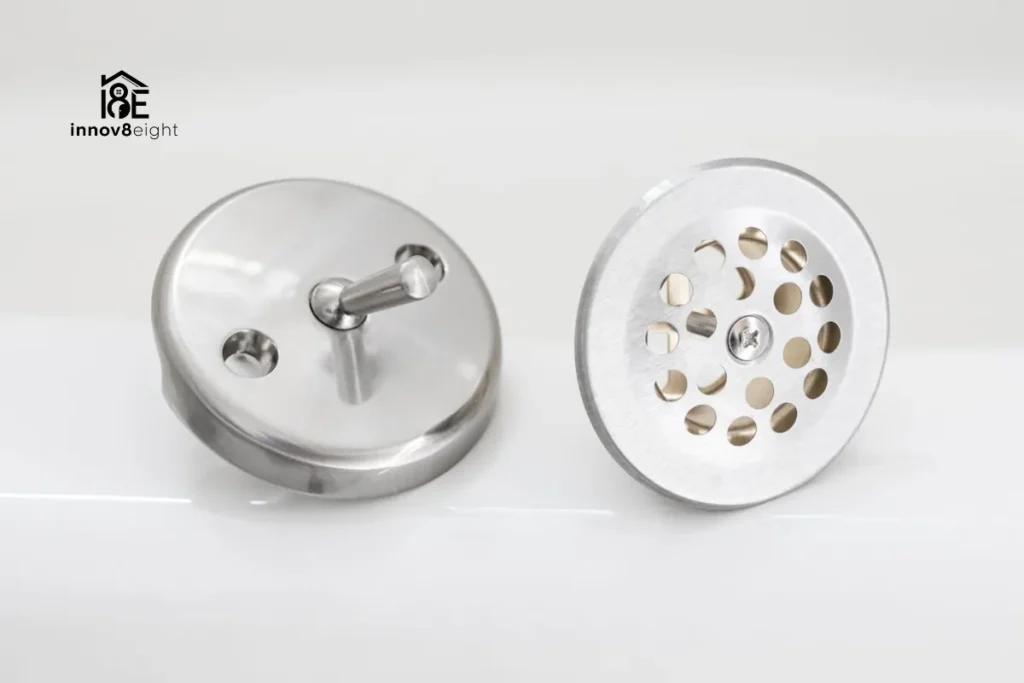
Chrome Drains
Chrome is one of the most popular finishes for bathtub drain stoppers. It’s shiny, easy to clean, & matches almost any bathroom style. Chrome resists rust fairly well, which makes it low-maintenance. The only thing to watch is scratches—they show up more easily on shiny chrome, but a quick polish can fix it.
Brushed Nickel Drains
If you want something that looks modern & hides fingerprints or water spots, brushed nickel is a great option. This finish is softer in appearance, giving your bathroom a sleek yet understated look. Bathtub drain maintenance is easier too, because the finish doesn’t show grime as quickly as chrome.
Oil-Rubbed Bronze Drains
For a more classic or rustic look, oil-rubbed bronze is the way to go. It adds character & warmth to your bathroom. This finish is durable, but it can show water spots if not wiped occasionally. With a little care, your types of bathroom tub drains in oil-rubbed bronze can last for years without losing their charm.
Other Finishes & Materials
Some bathtub drain stoppers come in less common materials, like stainless steel or brushed brass. Stainless steel is extremely durable & resistant to rust, making it perfect for heavy-use bathrooms. Brushed brass can give a luxurious look, but it requires slightly more attention to maintain its shine.
Why Material Matters
The right material can make a big difference in how often you need to clean, how long your drain lasts, & even how easy it is to operate. Combine your preferred finish with the types of bathroom tub drains that match your needs—whether it’s lift-&-turn, toe-touch, or pop-up—to get the perfect mix of function & style.
Quick Tip
When picking a drain, also consider your tub’s faucet & other fixtures. Matching finishes can create a cohesive look, while mixing metals can make your bathroom feel modern & eclectic. Either way, the right combination will make your bathroom feel polished & complete.
Installation & Compatibility of Bathroom Tub Drains
Knowing the types of bathroom tub drains is only half the battle. The other half is understanding how to install them & making sure they fit your tub perfectly. A well-installed drain not only works better but also lasts longer. Let’s dive into the details.
Standard Drain Sizes & Compatibility
Most tubs use standard drain sizes, so many bathtub drain stoppers are designed to fit easily. Before buying, check the diameter of your existing drain. Matching the size ensures smooth installation & prevents leaks. If your tub has an overflow feature, you’ll also want to pick a drain type that’s compatible with it.
Step-By-Step Installation Tips
Installing your types of bathroom tub drains doesn’t have to be scary. Here’s a simple guide:
- Remove the old drain – Unscrew or pull out the existing stopper.
- Clean the drain area – Make sure it’s free from debris & old plumber’s putty.
- Apply plumber’s putty or gasket – This seals the drain & prevents leaks.
- Install the new stopper – Follow the instructions for your specific type, whether it’s lift-&-turn, toe-touch, or pop-up.
- Test the drain – Fill the tub slightly & make sure water drains properly without leaks.
Pro tip: Some drain types, like trip lever, may take a bit longer to install due to their internal mechanisms. Don’t rush—careful installation prevents headaches later.
DIY Vs Professional Installation
Many bathtub drain stoppers are DIY-friendly, especially lift-&-turn, toe-touch, & push-&-pull types. If you’re handy & have basic tools, you can usually install them yourself.
However, for more complex drains like trip lever or pop-up, hiring a plumber can save time & ensure the installation is leak-proof. It’s a small investment that can prevent costly repairs later.
Why Proper Installation Matters
A properly installed drain ensures:
- Smooth water flow & drainage
- Reduced risk of leaks & water damage
- Longer lifespan for your bathtub drain stopper
Remember, even the best types of bathroom tub drains won’t perform well if they aren’t installed correctly. Taking a little extra time during installation can save you frustration down the road.
Maintenance & Troubleshooting for Bathroom Tub Drains
Knowing the types of bathroom tub drains & how to install them is just the start. Keeping them clean & functional is what really makes your tub a stress-free zone. Let’s go over some simple tips for maintenance & common issues you might face.
Cleaning & Preventing Clogs
Most clogs happen because of hair, soap scum, & small debris. Regular cleaning keeps your bathtub drain stoppers working smoothly. Here’s a simple routine:
- Remove the stopper – Most types like lift-&-turn, toe-touch, & push-&-pull can be easily pulled out or unscrewed.
- Clear debris – Use a small brush or a paper towel to remove gunk.
- Rinse thoroughly – Run warm water to flush remaining particles.
- Replace & test – Make sure the stopper moves freely & water drains correctly.
Doing this once a month prevents slow drainage & keeps your bathroom smelling fresh.
Lubrication & Adjustments
Some types of bathroom tub drains, especially mechanical ones like trip lever & pop-up, benefit from occasional lubrication. A small dab of plumber-safe grease on moving parts keeps the mechanism smooth & prevents sticking.
Adjusting the stopper is also important. If water isn’t holding in the tub or the stopper feels loose, follow the manufacturer’s instructions to tweak it. Proper adjustment can save you from unnecessary replacements.
Troubleshooting Common Issues
Even with regular maintenance, issues can happen. Here’s how to handle them:
- Slow drainage: Check for hair & soap buildup; clean thoroughly.
- Stuck stopper: Lubricate moving parts or check for misalignment.
- Water leaks around drain: Ensure plumber’s putty or gasket is applied correctly.
- Overflow problems: Inspect the stopper type; some, like trip lever, may need internal adjustment.
Most problems are simple fixes, & knowing how your bathtub drain stopper works makes troubleshooting easier.
Tips for Longevity
- Clean & inspect your drains regularly.
- Avoid harsh chemicals that can damage finishes.
- Choose a durable types of bathroom tub drains that match your bathroom usage.
A little care goes a long way, keeping your tub drains functional & hassle-free for years.
Choosing the Right Drain For Your Bathroom
Now that you know the types of bathroom tub drains, how do you pick the one that’s perfect for your bathroom? Choosing the right drain isn’t just about style—it’s about function, ease of use, & longevity. Let’s break it down.
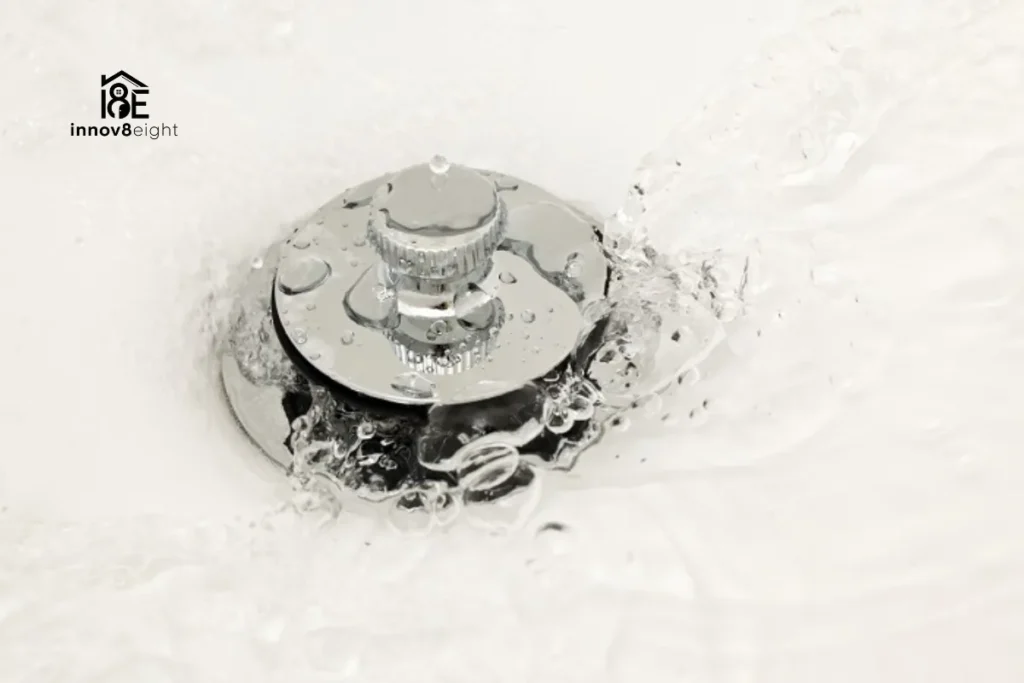
Consider Your Bathroom Habits & Needs
Ask yourself: how do you usually use your tub?
- If you love soaking & don’t want to touch the stopper with your hands, a toe-touch drain is super convenient.
- If you want a classic design that’s sturdy & long-lasting, trip lever or lift-&-turn types are excellent.
- For a modern, stylish look, pop-up or flip-it drains fit the bill.
Thinking about how often you use your tub & who uses it most helps you narrow down your options.
Match Materials & Finishes
The right finish can make a huge difference in your bathroom’s overall look & maintenance.
- Chrome: shiny & easy to clean.
- Brushed nickel: modern & hides water spots.
- Oil-rubbed bronze: classic & warm.
Pairing your drain with faucets & other fixtures creates a cohesive look, while choosing durable materials ensures your bathtub drain stopper lasts longer.
Ease of Installation & Maintenance
Some drains are simpler to install than others. Lift-&-turn, toe-touch, & push-&-pull types are DIY-friendly. If you prefer low maintenance, pick a drain type that’s easy to clean & doesn’t get stuck frequently.
Remember, even the most stylish types of bathroom tub drains won’t work well if they’re difficult to maintain. Think about how much time & effort you’re willing to spend on upkeep.
Budget Considerations
Price can vary depending on drain type & material. Lift-&-turn or toe-touch stoppers are usually affordable, while trip lever & designer pop-up drains may cost a bit more. Consider your budget along with style & durability to make the best choice.
Buying Guide & Availability for Bathroom Tub Drains
Once you know the types of bathroom tub drains you want, the next step is buying the right one. With so many options available, it’s helpful to know where to look & what to keep in mind before making a purchase.
Where to Find Bathtub Drain Stoppers
You don’t need to search far to find the perfect bathtub drain stopper. Many types are available at local home improvement stores, online retailers, & specialty plumbing shops. Popular choices include:
- Home improvement stores – Great for seeing finishes & materials in person.
- Online retailers – Often have a wider selection & customer reviews.
- Specialty plumbing stores – Best for high-end or hard-to-find drain types.
No matter where you shop, checking reviews & comparing options helps you find a drain that suits both your bathroom style & functional needs.
Price Ranges & Budget Tips
The price of types of bathroom tub drains varies depending on material, finish, & brand:
- Basic types like lift-&-turn, toe-touch, or push-&-pull are usually affordable.
- Trip lever or designer pop-up drains may cost a bit more but offer durability & style.
Consider balancing your budget with the drain’s lifespan & ease of maintenance. Spending a little extra upfront can save money & headaches later.
What to Look for When Buying
Before you make a purchase, keep these points in mind:
- Compatibility – Make sure the drain fits your tub & overflow setup.
- Material & finish – Choose a finish that matches your bathroom & resists rust or corrosion.
- Ease of installation – DIY-friendly types are convenient; complex types may require a plumber.
- Maintenance – Some drains are easier to clean & adjust than others.
By considering these factors, you can pick a bathtub drain stopper that works perfectly & looks great in your bathroom.
1. How Do I Remove a Bathtub Drain Stopper?
Removing a bathtub drain stopper depends on the type. For lift-&-turn, twist it counterclockwise. For toe-touch or push-&-pull, simply pull it out. Always check the instructions for your specific model to avoid damaging the drain.
2. Which Type of Tub Drain Lasts the Longest?
Generally, trip lever & lift-&-turn drains are the most durable. They’re made of sturdy materials & handle daily use well. Toe-touch drains are convenient but may wear out faster with heavy use.
3. Can I Install a Bathtub Drain Myself?
Yes! Many types of bathroom tub drains, like lift-&-turn, toe-touch, or push-&-pull, are DIY-friendly. Just follow step-by-step instructions & use proper tools. For more complex types like trip lever or pop-up, professional installation is recommended to ensure no leaks.
4. How Do I Keep My Tub Drain Clean?
Regular maintenance is key. Remove the stopper, clear hair & debris, rinse with warm water, & occasionally lubricate moving parts for smooth operation. This keeps any bathtub drain stopper functioning properly & prevents clogs.
5. What Material Should I Choose for My Drain?
Chrome is easy to clean & shiny, brushed nickel hides water spots, & oil-rubbed bronze adds a classic touch. Consider your bathroom style, durability needs, & maintenance preferences when choosing a material.
Final Thought
Choosing the right types of bathroom tub drains can make a big difference in your daily routine. From lift-&-turn to toe-touch, push-&-pull, trip lever, flip-it, & pop-up, each drain has its perks. Pick the one that matches your bathroom style, habits, & maintenance needs, and you’ll enjoy smooth, hassle-free baths every time. A little care & the right drain go a long way in keeping your bathtub functional, stylish, & stress-free.
FAQs
1. What are the main types of bathroom tub drains?
The main types of bathroom tub drains include lift-&-turn, toe-touch, push-&-pull, trip lever, flip-it, & pop-up.
2. Which tub drain lasts the longest?
Trip lever & lift-&-turn drains are the most durable for long-term use.
3. Can I install a bathtub drain myself?
Yes! Many drains like lift-&-turn, toe-touch, & push-&-pull are DIY-friendly, while complex types may need a professional.
4. How do I clean a bathtub drain?
Remove the stopper, clear hair & debris, rinse with warm water, & lubricate moving parts occasionally.
5. What material should I choose for a tub drain?
Chrome is easy to clean, brushed nickel hides spots, & oil-rubbed bronze adds a classic look.

